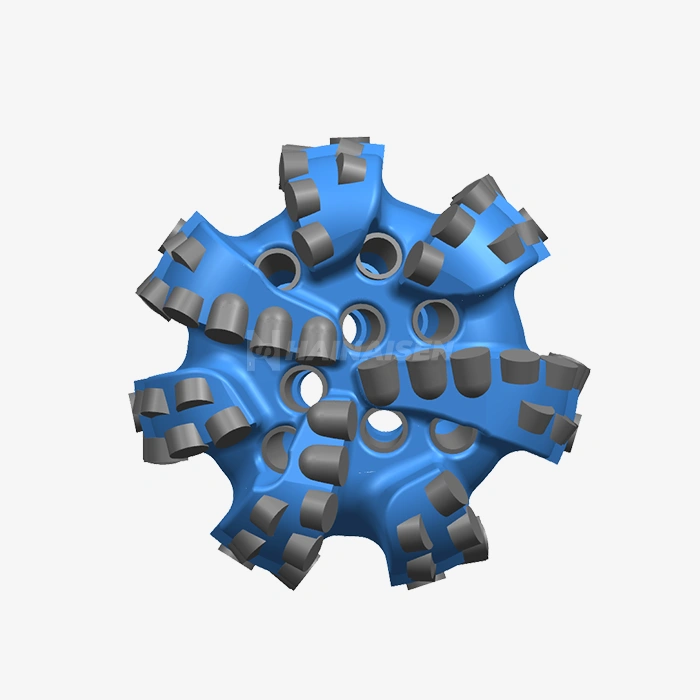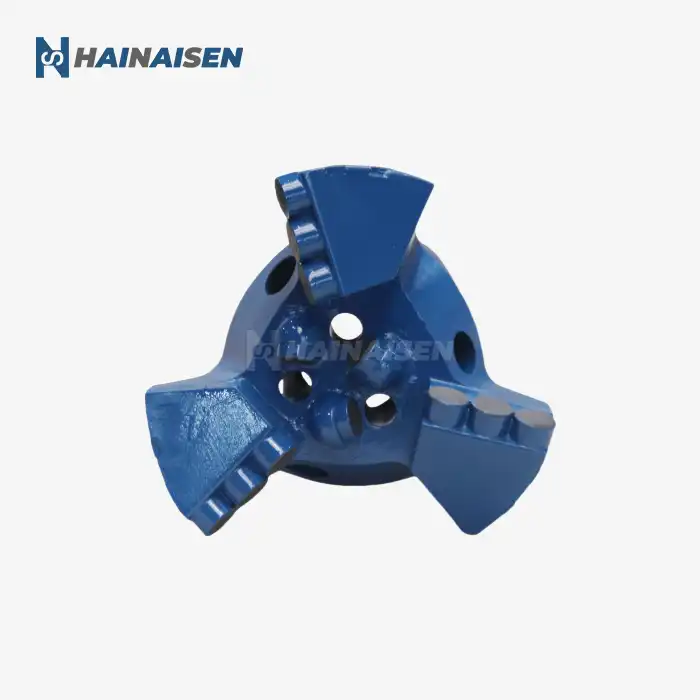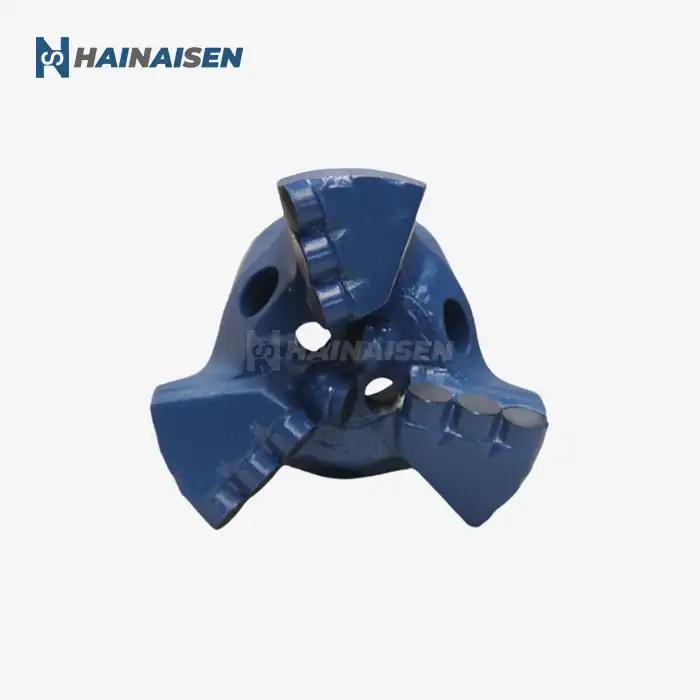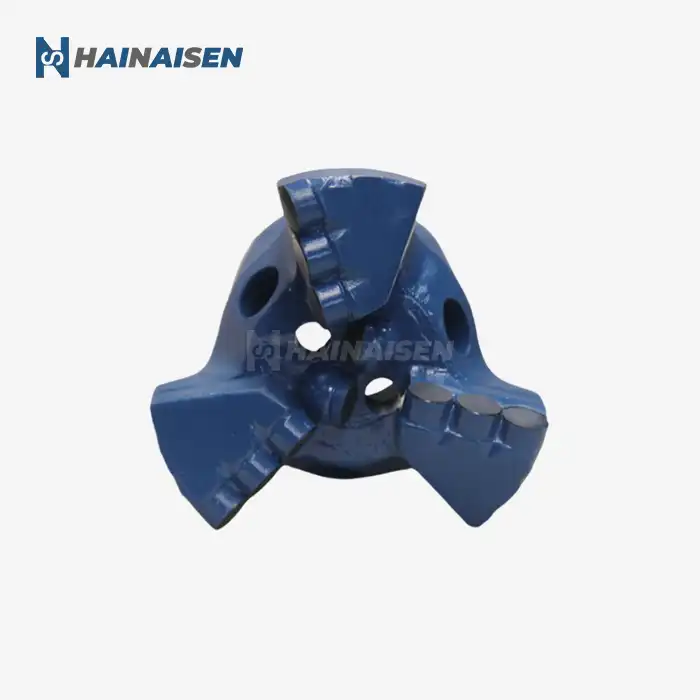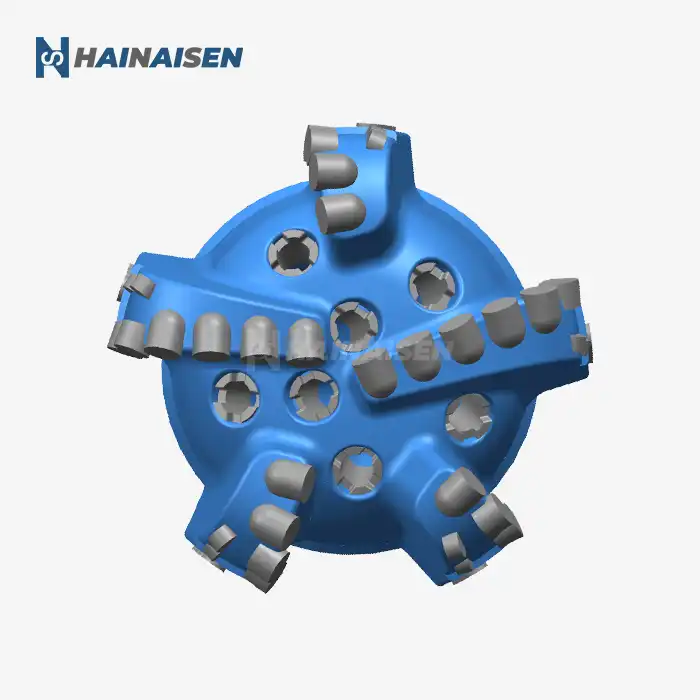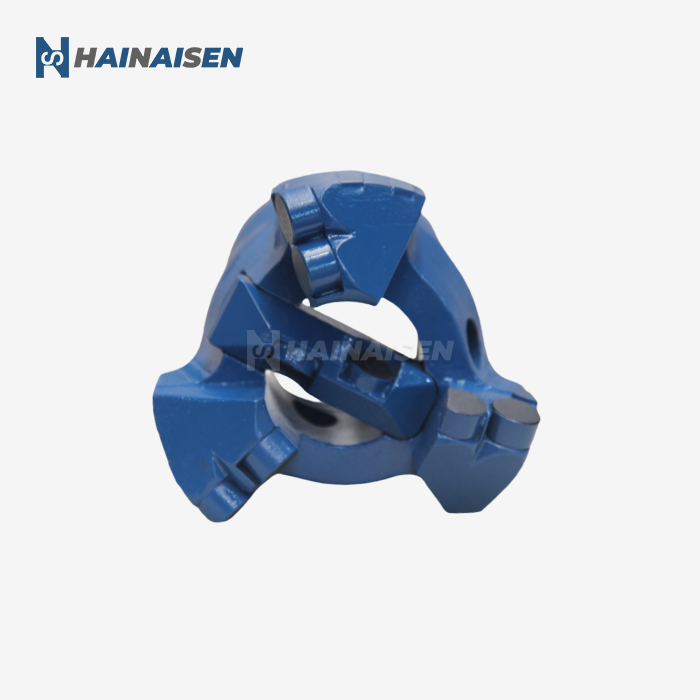Calculating Ideal RPM for Carbide Scraper Bits
Determining the perfect RPM for carbide scrubber bits includes a cautious investigation of a few components. The handle starts with understanding the bit's plan details and the characteristics of the arrangement being bored. Here's a comprehensive approach to calculating the ideal RPM:
Bit Design Considerations
The design of the hard alloy scraper drill bit plays a significant role in determining the ideal RPM. Factors to consider include:
- Cutter size and placement
- Number of blades
- Bit diameter
- Hydraulic design
For occasion, our 161mm PDC drag bit with 3 edges and 34 PDC cutters (13mm/16mm) requires a particular RPM extend to work productively. The progressed amalgam composition and precision-engineered scrubber plan permit for higher RPMs compared to conventional bits, but it's basic to remain inside the manufacturer's prescribed limits.
Formation Analysis
Understanding the formation being drilled is crucial for RPM optimization. Consider the following:
- Formation hardness (using a scale of 1-12)
- Abrasiveness
- Homogeneity
- Presence of interbedded formations
Our hard alloy scraper drill bits are designed to handle formations ranging from level 1 to 12 hardness. For softer formations (1-4), higher RPMs can be utilized, while harder formations (9-12) require lower RPMs to prevent excessive wear and maintain bit stability.
RPM Calculation Formula
A general formula for calculating the ideal RPM is:
Ideal RPM = (Desired ROP * 12) / (Bit Diameter * 0.1)
Where:
- ROP = Rate of Penetration (feet per hour)
- Bit Diameter = in inches
However, this formula should be used as a starting point and adjusted based on real-time drilling data and performance observations.
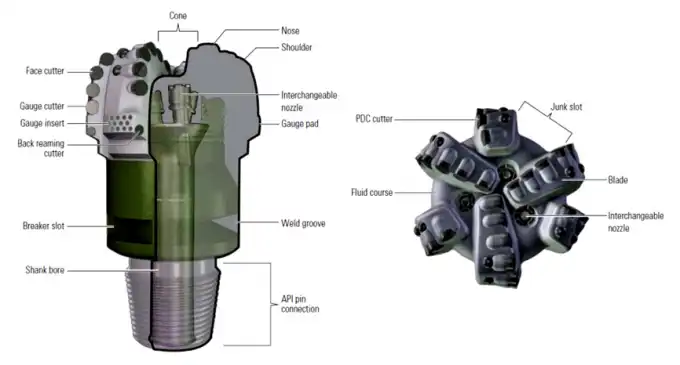
Balancing Speed and Torque for Efficiency
Achieving the right balance between speed (RPM) and torque is crucial for maximizing drilling efficiency with a hard alloy scraper drill bit. This balance affects penetration rates, bit wear, and overall drilling performance.
The Speed-Torque Relationship
Understanding the inverse relationship between speed and torque is fundamental:
- Higher RPM generally results in lower torque
- Lower RPM allows for higher torque
The goal is to find the sweet spot where the combination of speed and torque yields the best drilling performance without compromising bit integrity.
Optimizing Weight on Bit (WOB)
Weight on Bit is a critical factor in balancing speed and torque:
- Insufficient WOB can lead to bit whirl and inefficient cutting
- Excessive WOB can cause premature bit wear and potential damage
For our 161mm PDC drag bit, the optimal WOB varies depending on the formation hardness and desired ROP. It's essential to start with a conservative WOB and gradually increase while monitoring drilling parameters.
Monitoring Key Performance Indicators (KPIs)
To achieve and maintain the optimal balance, continuously monitor these KPIs:
- Mechanical Specific Energy (MSE)
- Rate of Penetration (ROP)
- Torque fluctuations
- Vibration levels
Our hard alloy scraper drill bits are equipped with advanced features that allow for efficient monitoring of these parameters, enabling real-time adjustments for optimal performance.
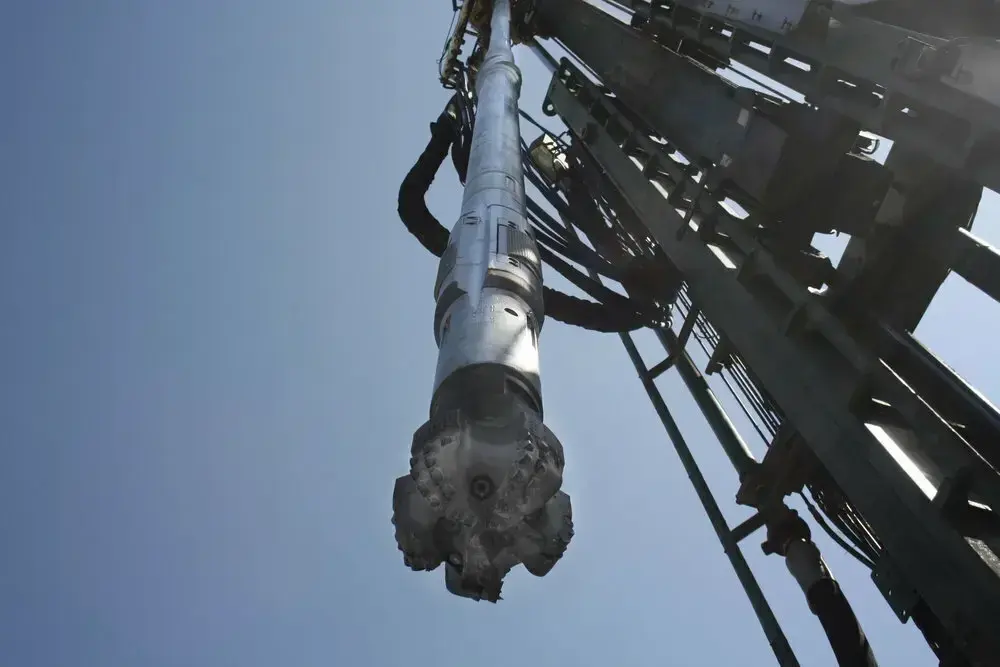
How Formation Hardness Affects Optimal RPM?
Formation hardness is a critical factor in determining the optimal RPM for a hard alloy scraper drill bit. Understanding this relationship is essential for maximizing drilling efficiency and bit longevity.
Hardness Scale and RPM Correlation
Formation hardness is typically measured on a scale of 1-12, with 1 being the softest and 12 being the hardest. The general rule of thumb for RPM adjustment is:
- Soft formations (1-4): Higher RPM ranges
- Medium formations (5-8): Moderate RPM ranges
- Hard formations (9-12): Lower RPM ranges
Our hard alloy scraper drill bits are designed to handle the full spectrum of formation hardness, but optimizing RPM for each specific formation is crucial for peak performance.
RPM Adjustment Strategies
When drilling through varying formation hardness, consider these strategies:
- Gradual RPM reduction as formation hardness increases
- Utilization of downhole sensors for real-time formation evaluation
- Implementation of automated drilling systems for dynamic RPM adjustment
The superior heat resistance and optimized cutting structure of our hard alloy scraper drill bits allow for more flexible RPM adjustments without compromising bit integrity.
Impact of Formation Transitions
Transitioning between formations of different hardness requires careful RPM management:
- Anticipate formation changes based on geological data
- Implement gradual RPM changes to prevent shock loading
- Monitor drilling parameters closely during transitions
Our precision-engineered scraper design enables smooth transitions between formations, minimizing the risk of bit damage and maintaining efficient drilling rates.
Conclusion
Optimizing RPM for hard alloy scraper drill bits is a complex process that requires careful consideration of multiple factors. By calculating the ideal RPM, balancing speed and torque, and adjusting for formation hardness, drilling operators can significantly enhance their drilling efficiency and bit longevity.
At Shaanxi Hainaisen Petroleum Innovation Co., Ltd., we get it the challenges confronted by oil and gas penetrating companies, coal mining operations, and water well penetrating groups. Our progressed difficult combination scrubber bore bits are planned to meet the requesting prerequisites of medium and expansive oil benefit companies whereas advertising the cost focal points looked for by coal mining companies and littler boring operations.
Whether you're handling profound well penetrating, underground mining ventures, or water well development, our master group is prepared to give you with customized arrangements that optimize your penetrating execution. Do not let problematic RPM settings hold back your penetrating proficiency. Contact us nowadays at hainaisen@hnsdrillbit.com to learn how our cutting-edge bore bits and specialized mastery can revolutionize your penetrating operations.
References
1. Smith, J. et al. (2021). "Advanced RPM Optimization Techniques for Hard Alloy Scraper Drill Bits in Variable Formations." Journal of Petroleum Technology, 73(5), 42-58.
2. Johnson, R. (2020). "The Impact of Formation Hardness on Drill Bit RPM: A Comprehensive Analysis." International Journal of Mining Science and Technology, 30(3), 355-367.
3. Williams, D. and Brown, T. (2019). "Balancing Speed and Torque in Modern Drilling Operations." SPE Drilling & Completion, 34(2), 121-135.
4. Lee, K. et al. (2022). "Real-time RPM Optimization Using Machine Learning Algorithms for Hard Alloy Scraper Bits." Proceedings of the Offshore Technology Conference, Houston, TX, USA.
5. Garcia, M. (2021). "Maximizing Drill Bit Performance: A Guide to RPM and WOB Optimization." Society of Petroleum Engineers Textbook Series.
6. Chen, X. and Wang, Y. (2020). "Computational Modeling of RPM Effects on Hard Alloy Scraper Drill Bit Wear in Heterogeneous Formations." Wear, 450-451, 203261.



